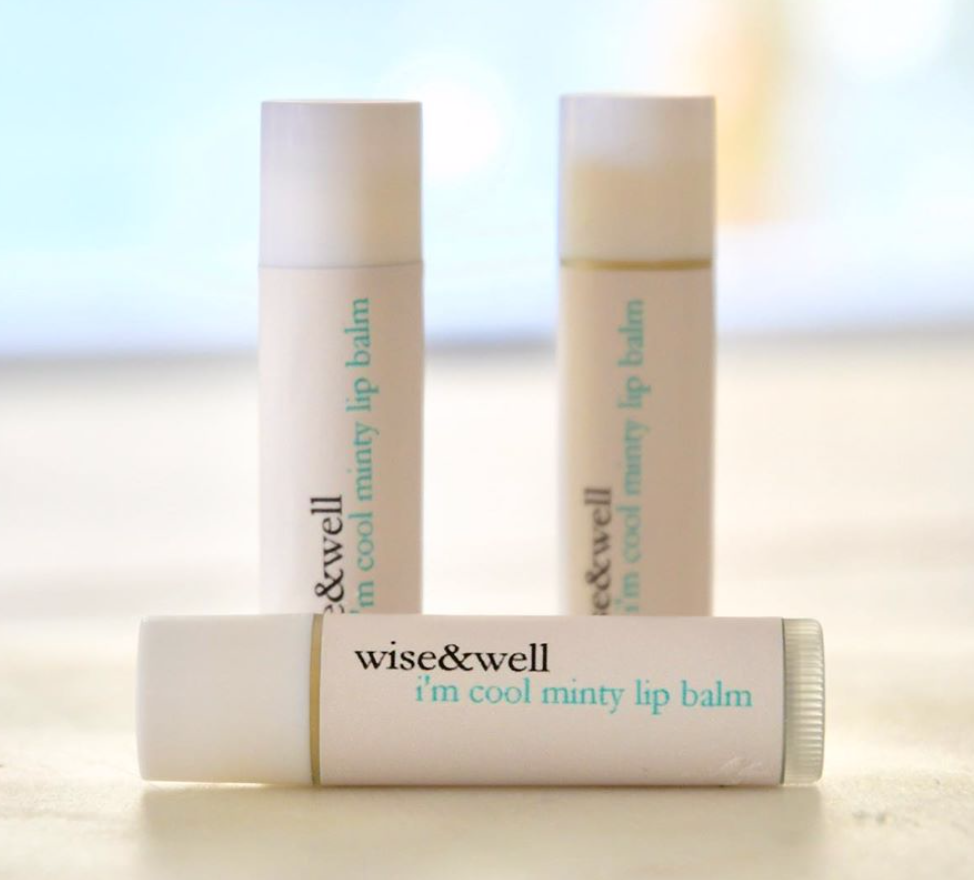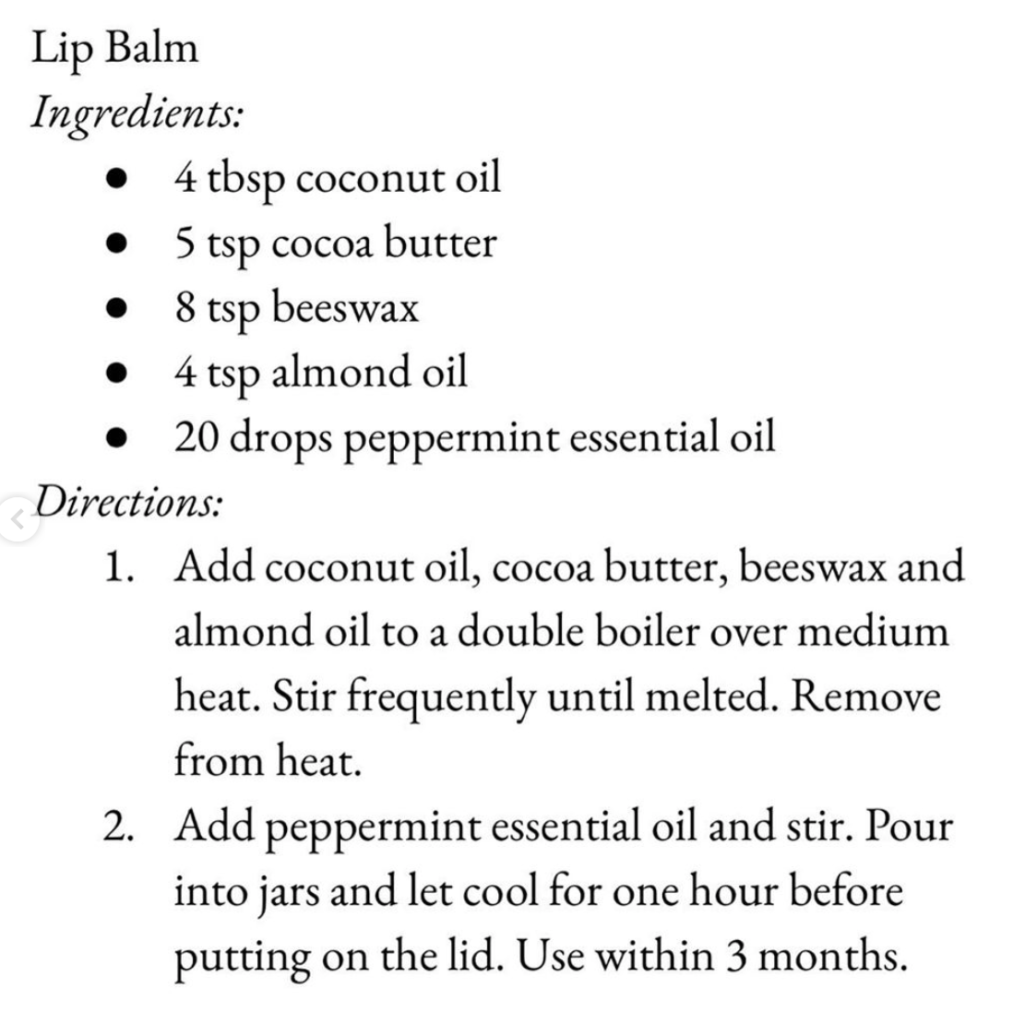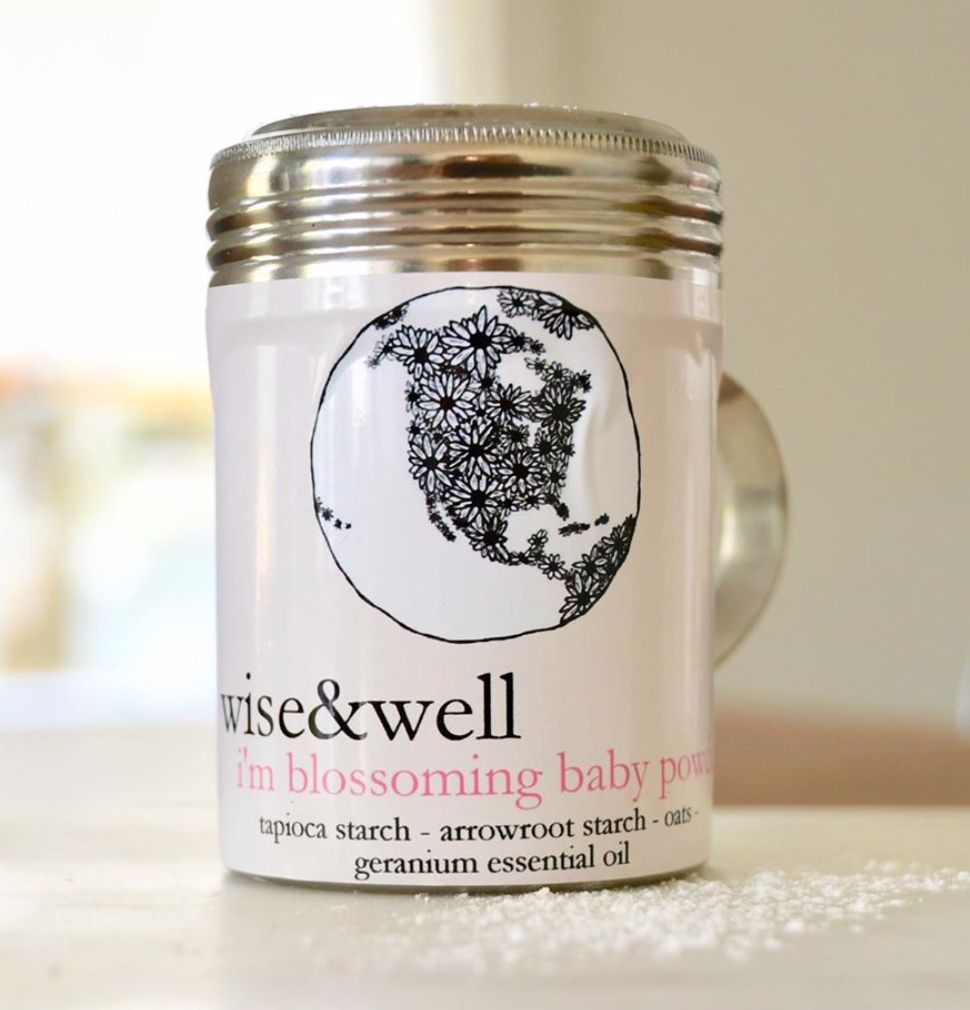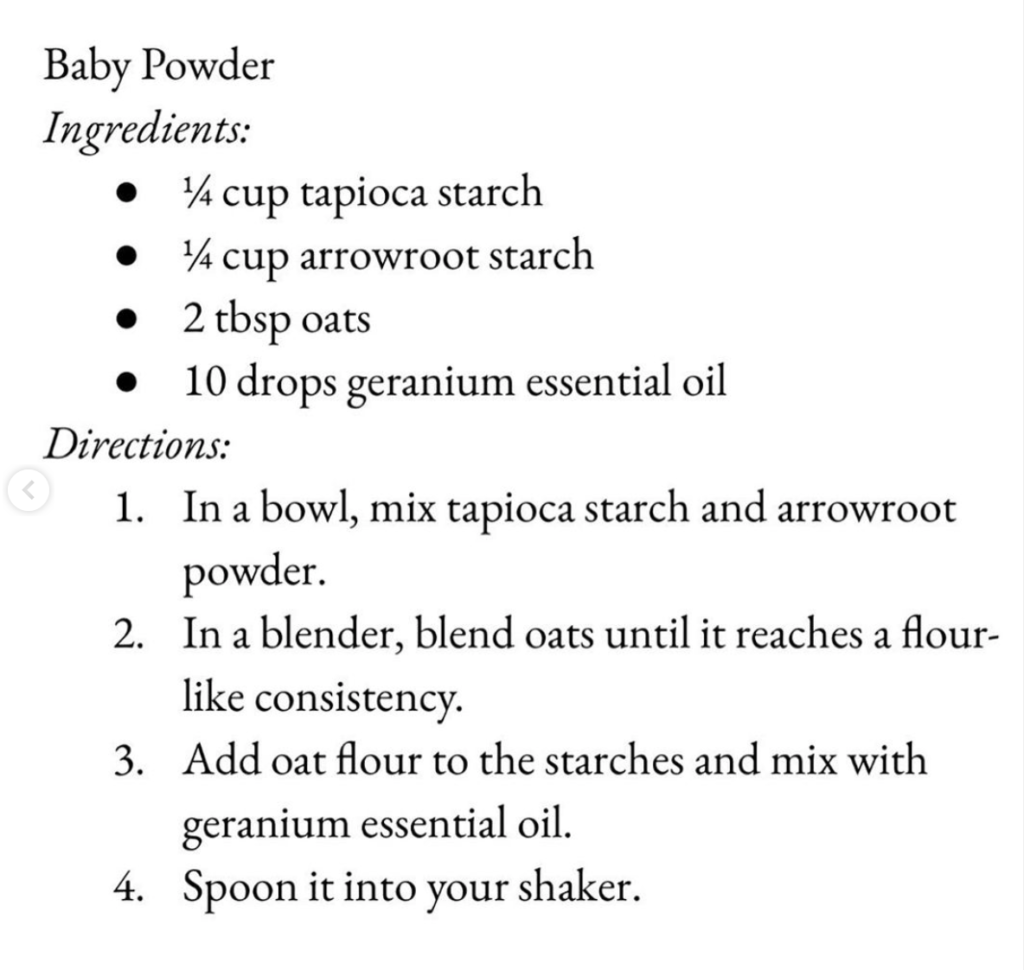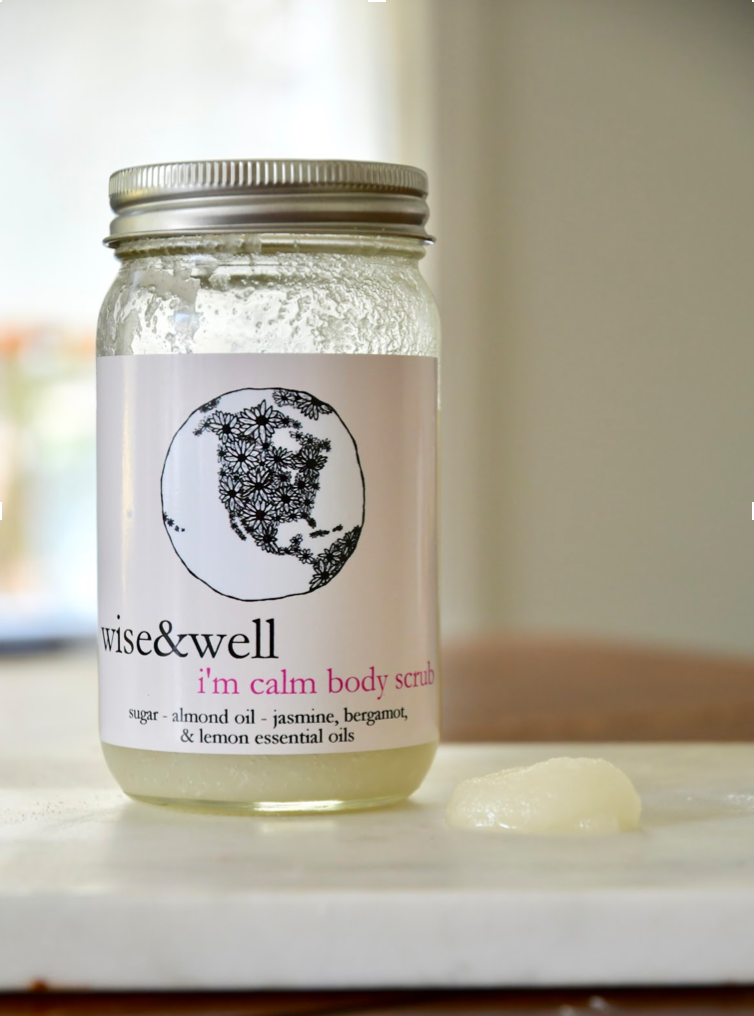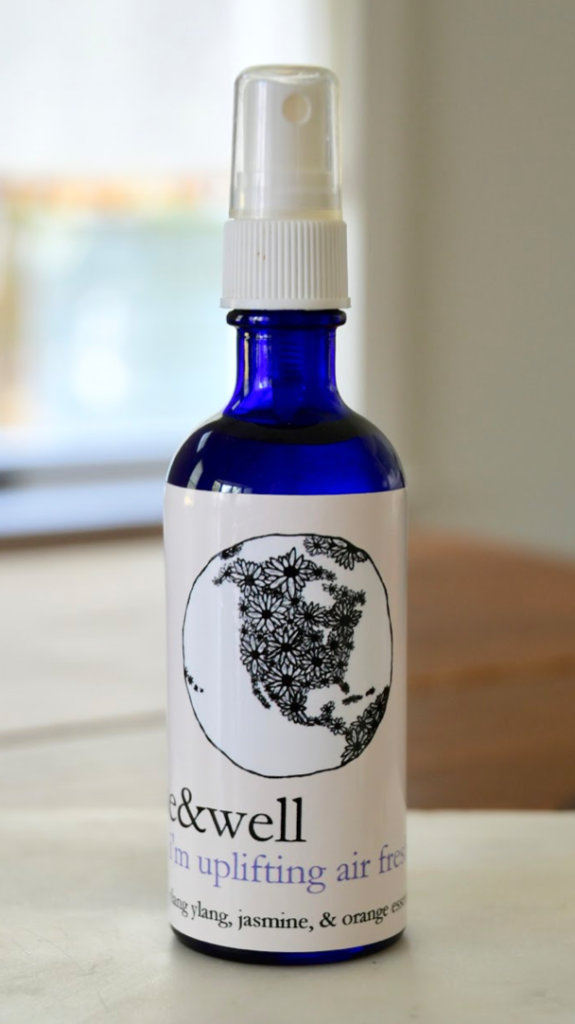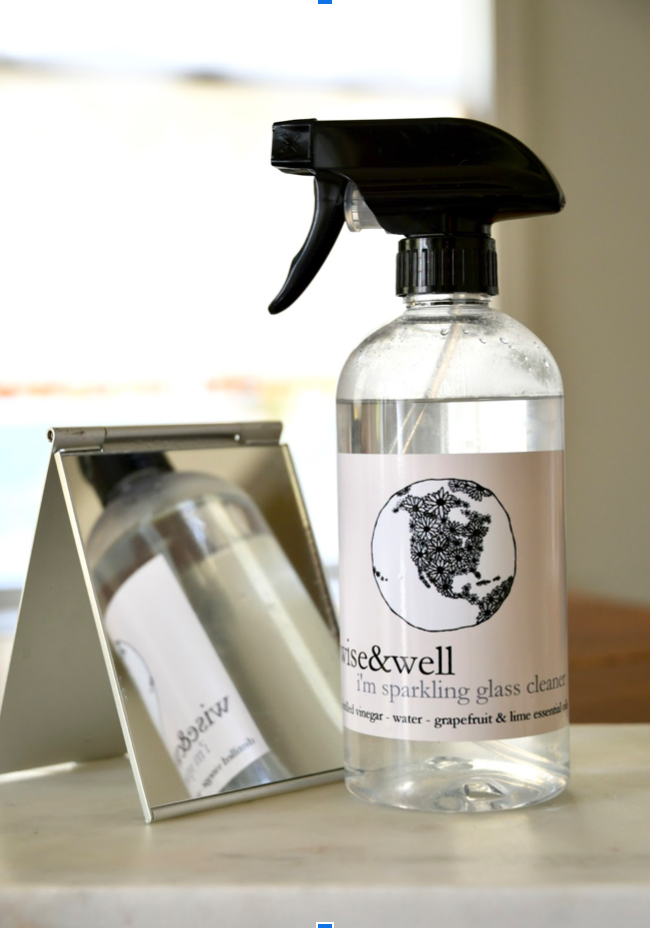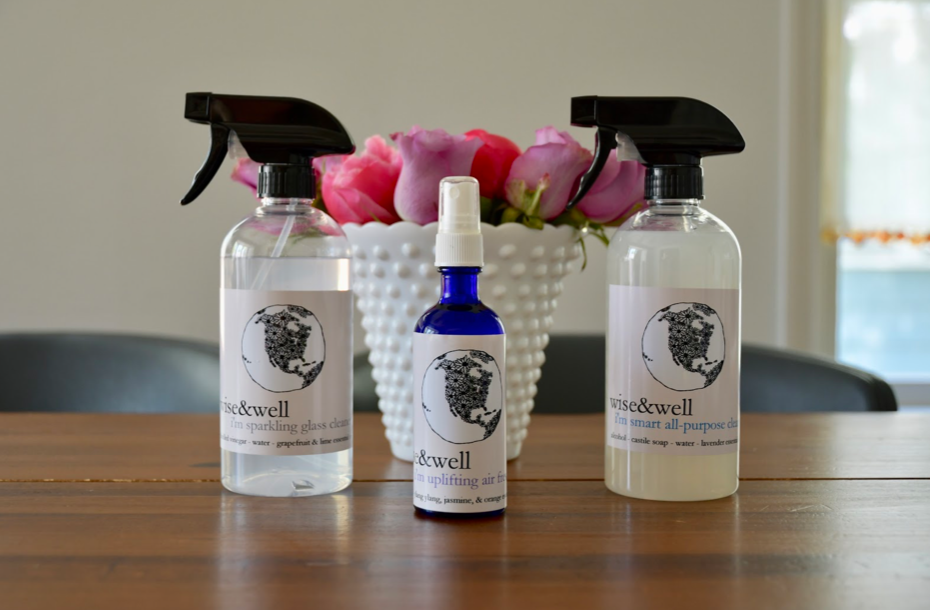
During my last year at high school, as a senior project, we choose a to explore a topic we’re interested in that will push our boundaries, create a product (intangible or tangible), and present it to the class.
I was juggling two ideas: a line of children’s clothes or a line of non-toxic household and hygiene products. Thinking on a larger impact, I went with the latter, as it would probably come more in handy as a life skill, particularly for college. College! I had found my angle on how to differentiate my line, keeping simple and cost-effective products to minimal, and naming my line “wise&well.”
Step 1: Outlining a process
As part of my proposal, I cultivated certain goals to achieve throughout my learning process:
- To find more cost-effective, 5-ingredients-or-less alternatives to store bought products. In general, non-toxic products sold in stores are astronomically priced compared to toxic ones, perhaps dissuading people from making the healthier decision.
- To learn about ingredients that can be beneficial to breath and have contact with.
- To educate people on harmful ingredients in products.
- To encourage people to be mindful of what products they surround themselves around.
Furthermore, although I am artistically savvy, graphic design was foreign to me. To expand my horizons, I wanted to create fun logos that would support college students – more on that later.
Then, I described my potential products that I thought would be most useful for college, as well as my documentation process:
| Hygiene | House |
| – Baby powder – Body scrub – Lip balm – Body lotion | – Air freshener – Countertop cleaner – Glass cleaner |
To document the process, I will take pictures from shopping for ingredients, assembling them, placing them in their containers, and finishing it off with a label. Between experimenting with new ingredients and finding the perfect recipe, I expect to take about 3-4 weeks; the development and construction of the logo/label will take roughly 1-2 weeks.
I also used the same circle of ingredients, considering the lack of space (and money) college students tend to have.
Step 2: RESEARCH!
Researching was my favorite part of this entire project and also the most important because I learned about individual ingredients and how to optimize the efficiency of each product depending on the essential oils, lipids, and other elements.
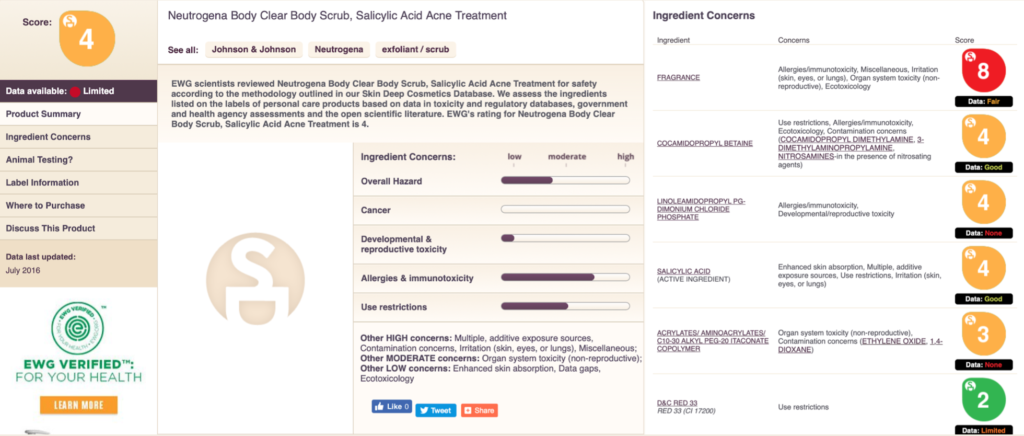
My research consisted of not only examining natural, earth-made ingredients, but also discovering the harmful ingredients that constitute a common store-bought product. The most useful source for this was the Environmental Working Group’s (EWG) Skin Deep Cosmetics Database. This database gives store-bought products and the ingredients a rating based on their safety, as well as health concerns they bring up. I also used websites such as the Cleveland Clinic and Dr. Axe, as well as Young Living’s essential oil books.
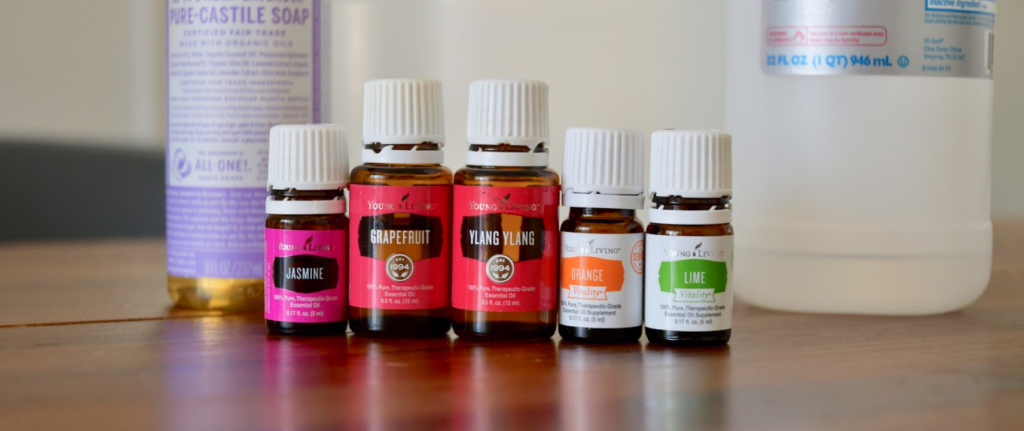
A couple facts I thought were interesting:
- Coconut oil is naturally antibacterial, antifungal and moisturizing. It is high in lauric acid and Vitamin E which helps to smooth the skin. Coconut oil can also help restore the skin’s natural PH levels.
- Almond oil is also high in Vitamin E and the fatty acids help skin retain its moisture; it calms irritated skin. This would be helpful incorporating in lip balm/lotion to help heal cracked skin.
- Aloe vera has anti-inflammatory properties and helps the skin retain moisture. Aloe vera would be helpful in fighting inflammation with ones skin.
- Cocoa butter can help reduce the signs of aging due to its antioxidant properties. It contains fatty acids which is important for skin moisturization; it is helpful in healing chapped lips because it is an emollient, protecting from cold temperatures.
- Geranium essential oil (e.o.) prevents bacteria from developing on wounds and protects against developing infections. It also speeds up healing process of wounds and cuts due to its antibacterial and antimicrobial properties. Its aroma is gentle on the skin and eliminates body odor.
- In a study (Department of Botany in India and Department of Molecular Cardiology Cleveland Clinic in US), jasmine’s uplifting effect on the mind actively fights depression; it stimulates hormones in the body like serotonin. Furthermore, in another research study (2008), jasmine has sedative properties that gives relief from anxiety, stress, annoyance, and anger.
- In a study (2011), applying a blend of bergamot and lavender essential oils helped in treating symptoms of depression and anxiety. Another 2017 pilot study found that when bergamot was inhaled for 15 mins by women in a mental health treatment center, they were more likely to have positive feelings. Bergamot also has antiseptic, antibacterial and anti-inflammatory properties.
- Ylang ylang e.o., in a study (2006), also has the ability to relieve depression in humans in aromatherapy. It is also beneficial in curing eczema, reducing acne, dermatitis, and skin irritation.
- Peppermint e.o. relieves muscle and joint pain because it has a cooling and antispasmodic properties. It also relieves itchiness, as it has an anti-inflammatory effect.
- Lavender e.o. has antiseptic and anti-inflammatory properties, and research suggests that it can treat anxiety, insomnia, and depression. Furthermore, it has antifungal properties that fight eczema and acne.
- Lime e.o. has antibacterial properties and is used for its disinfectant properties. It would helpful to incorporate in cleaning products.
- Perfumes can cause headaches, irritate the skin, and cause allergies, asthma, and respiratory distress.
- All-purpose cleaners contain detergents, grease-cutting agents, and solvents, which include ammonia, ethylene glycol monobutyl acetate, sodium hypochlorite and/or trisodium phosphate. These ingredients can irritate the skin, eyes, nose, and throat. If you use tradition all-purpose cleaners, you should wear rubber gloves.
- Antibacterial cleaners usually contain water, a fragrance, a surfactant, and a pesticide. These can irritate your eyes and burn your skin and throat.
- The basic ingredients of glass cleaners are ammonia and isopropanol; these products can be irritating to the eyes, skin, nose, and throat, and can cause drowsiness.
- Air fresheners contain formaldehyde (preservant found in nail polish and cadavers), petroleum distillates, and aerosol propellants; these chemicals are thought to cause cancer and brain damage. They also are strong irritants to eyes, skin, and throat.
- Phthalates are endocrine disruptors, which can hinder reproductive health. PERC is a neurotoxin and the EPA believes it may be a carcinogen.
Step 3: Experimenting and Products
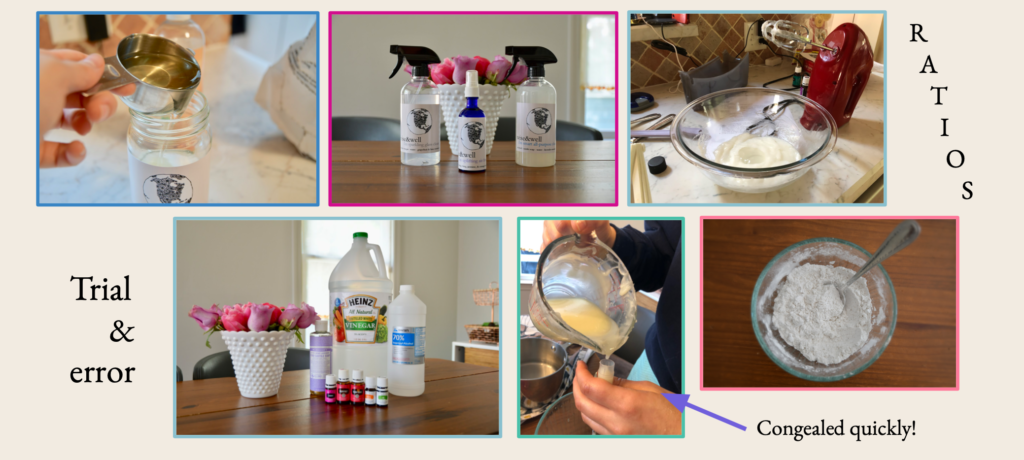
The experimenting process relies heavily on trial and error, and establishing ratios. For example, my glass cleaner is a one-to-one ratio of water to white vinegar.
Every product minus the lip balm and lotion took under 10 minutes to make – less time than if you were to drive to the store, look for a product, buy it, and drive back. The product I had (and have) the most difficulty with is the lotion which can range from too greasy to too clumpy – I’m still on the hunt for a successful recipe. For now, consider the safest-rated products on EWG’s website.
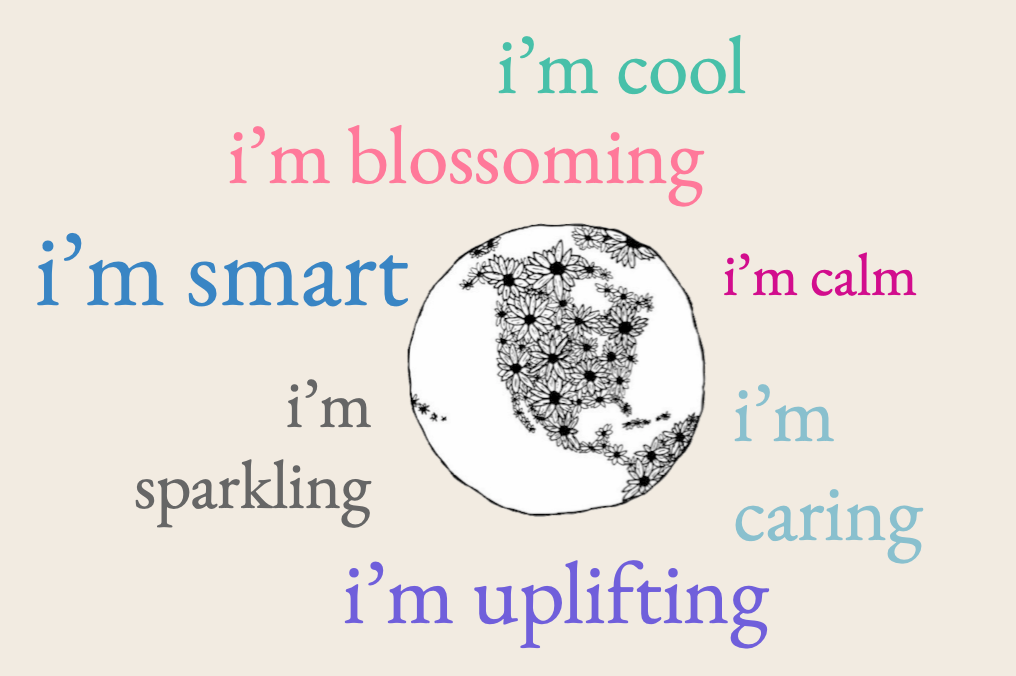
Now, only the graphic design side of my project. I decided to call this line “wise&well” because I believe that health begins with awareness; once we acquire knowledge, we must apply it to improve ourselves and our surroundings. In addition, each product’s name is built with an inspirational message, like the “i’m smart all-purpose cleaner.” College students tend to be away from their support system and the simple statements can be a source of positive reinforcement in a new environment. I used Sticker You for the customized shiny vinyl stickers, which were wipeable.
RECIPES: all are posted on Instagram account @wiseandwell4u
i’m cool minty lip balm
Price wise&well to make: $0.75 per tube
Price ChapStick Lip Balm Classic: $2.29 per tube
i’m blossoming baby powder
- Fun fact: In South America, arrowroot starch has been used as a baby powder for generations.
Price wise&well to make: $2 for 4 oz
Price J&J baby powder: $4.93 for 4 oz
i’m calm body scrub
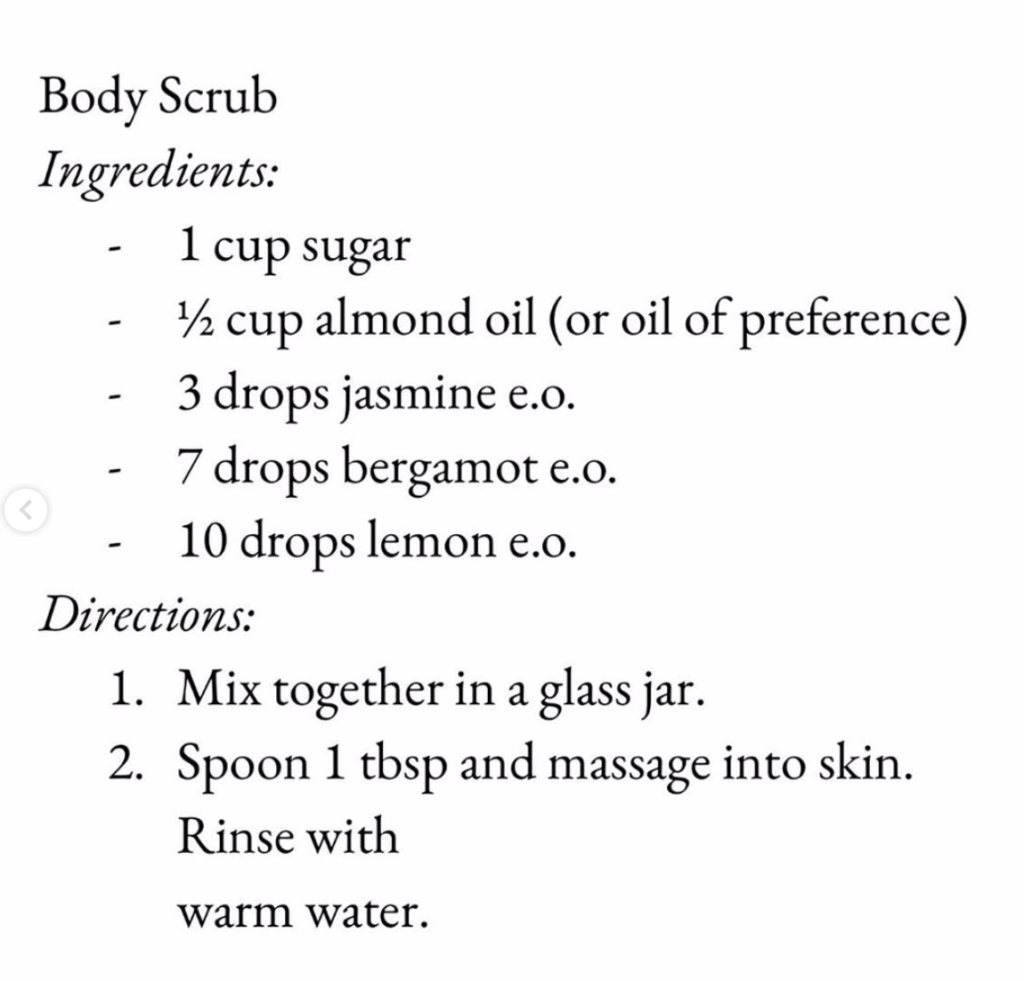
Price wise&well to make: $7 for 14 oz
Price Bliss Bergamot + Vanilla Body Buff: $13.99 for 7 oz
i’m uplifting air freshener
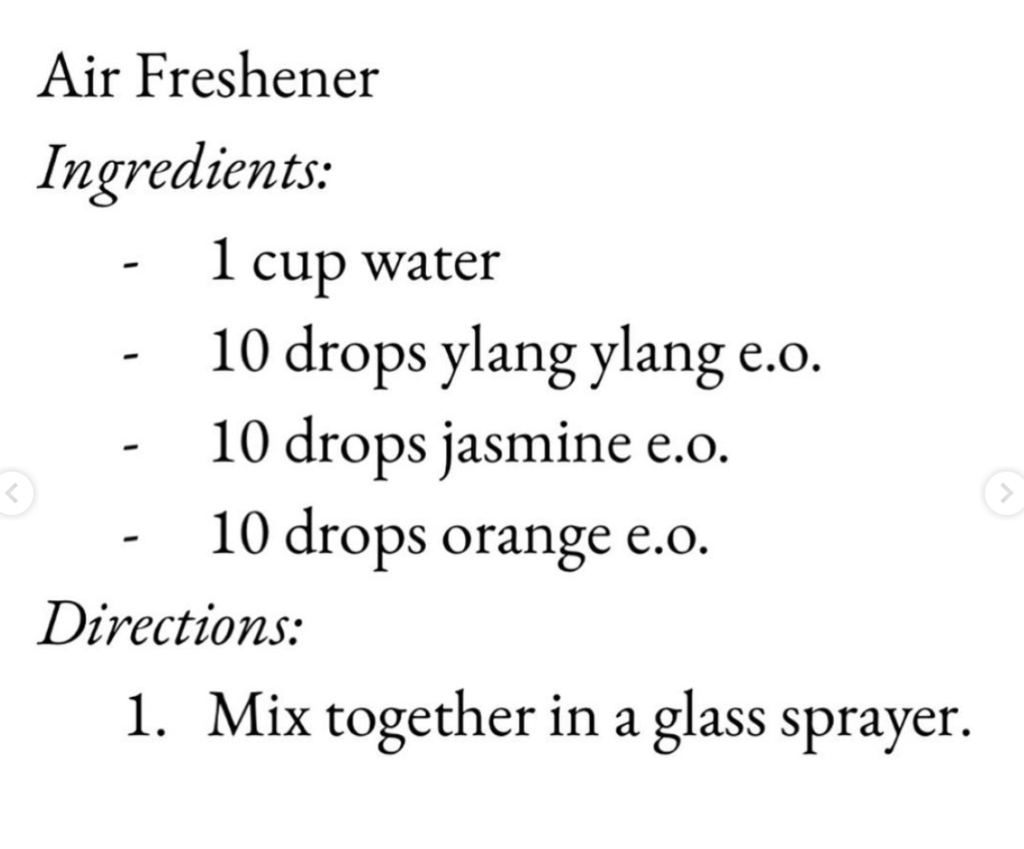
- Can use for dorm, gym bag, even as facial mist
Price wise&well to make: $1.47 for 4 fl oz
Price Febreze with Gain Island Fresh Scent: $3.39 for 8.8 fl oz
i’m sparkling glass cleaner
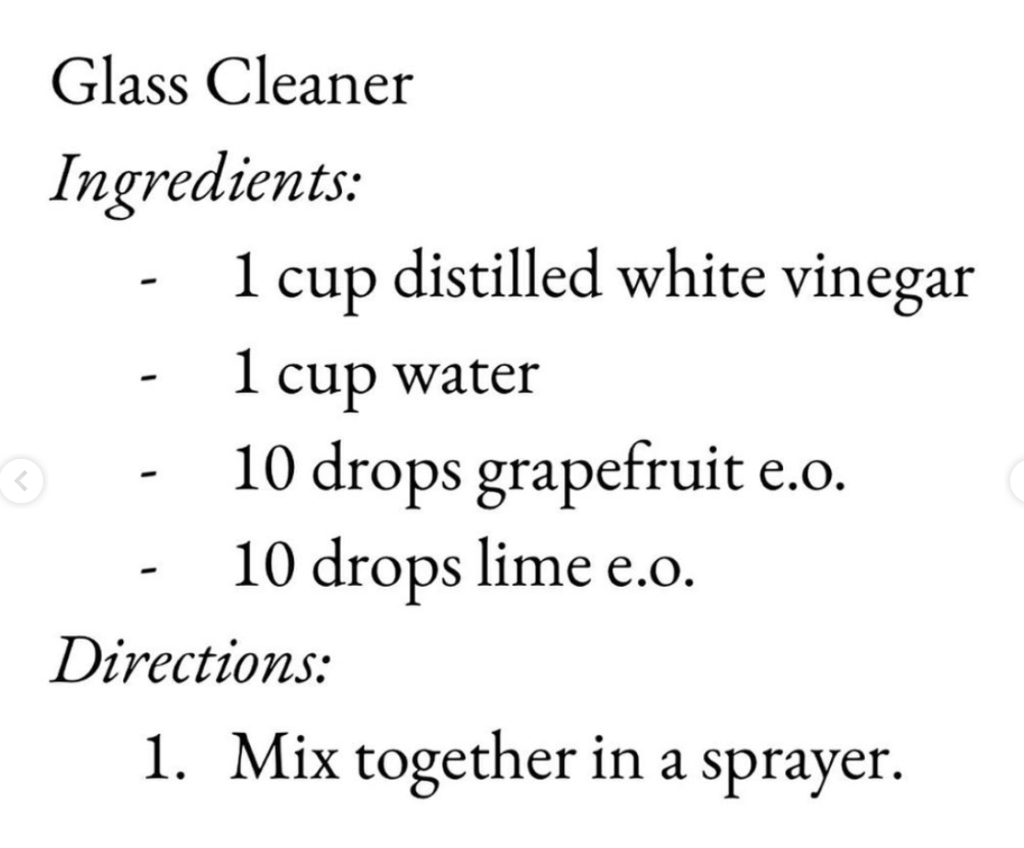
- Streak-free
- Can use on mirrors and windows
Price wise&well to make: $0.83 for 16 fl oz
Price Zep Streak-free glass cleaner: $2.48 for 32 fl oz
i’m smart all-purpose cleaner
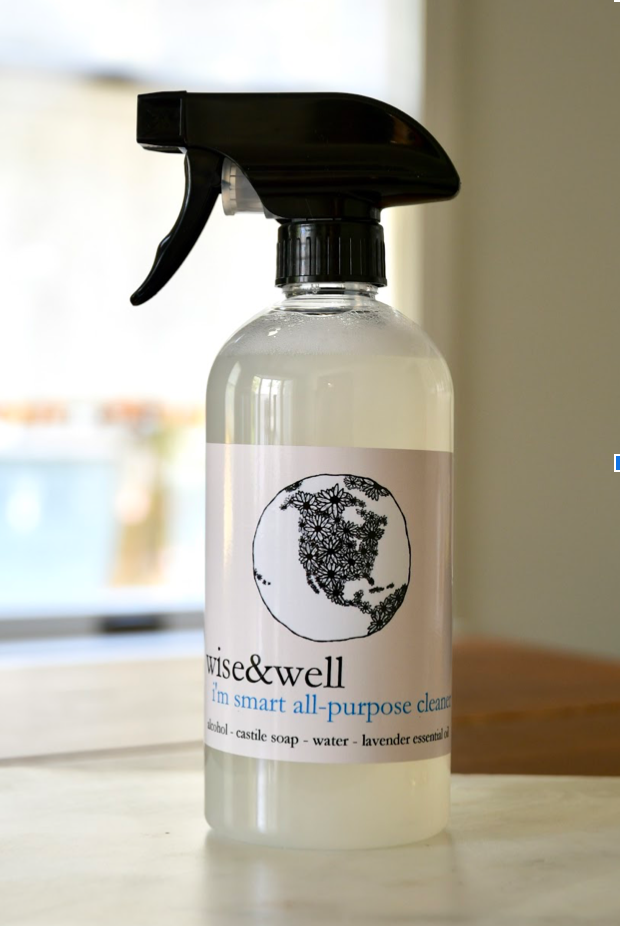
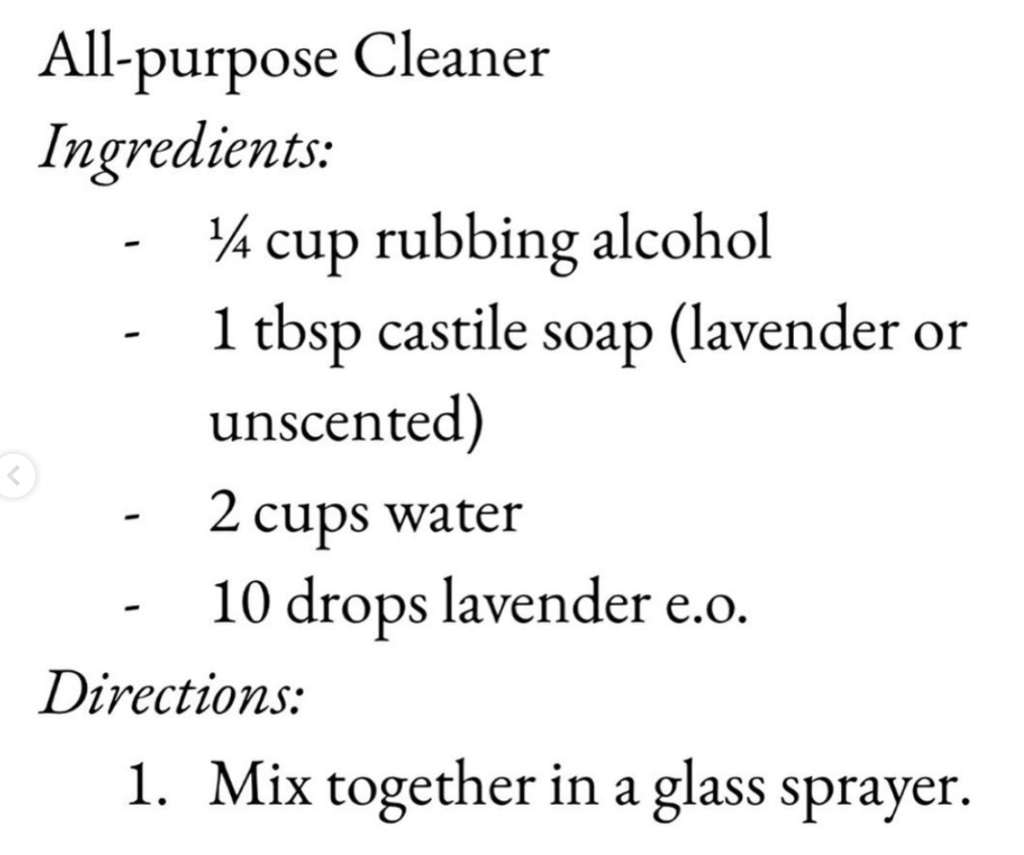
- Works on marble and granite countertops!
Price wise&well to make: $1.27 for 16 fl oz
Price Lysol all-purpose cleaner: $4.63 for 32 fl oz
Benefits of DIY
- Cheaper price tag
- YOU control the quality of ingredients you put in
- Can personalize the products based on your favorite scents
- Helps the environment
- Refill jars and sprayers
- No harsh chemicals or plastics through in the ocean
I hope you’ll try out some of these recipes, and remember: be wise&well 🙂
